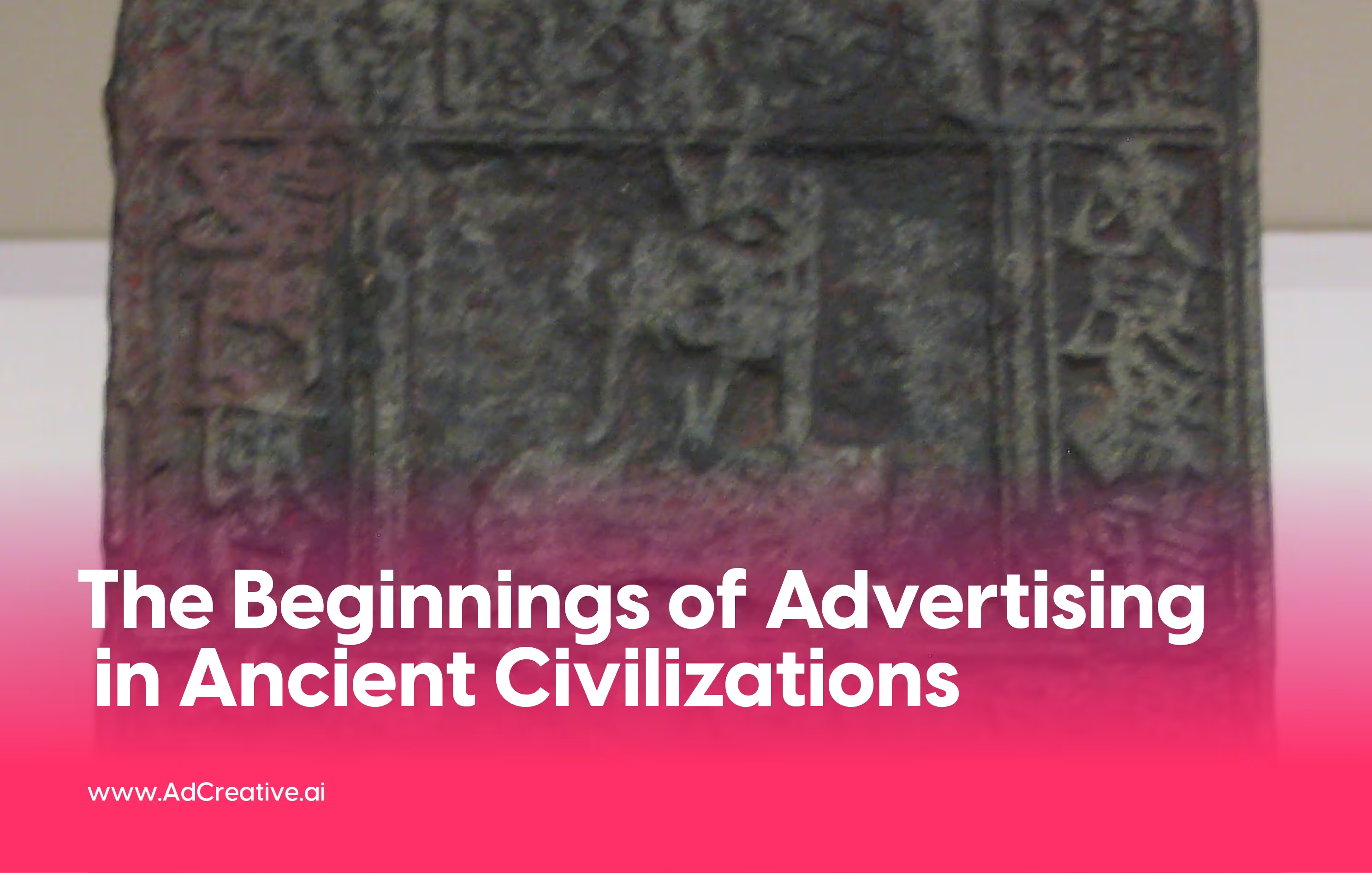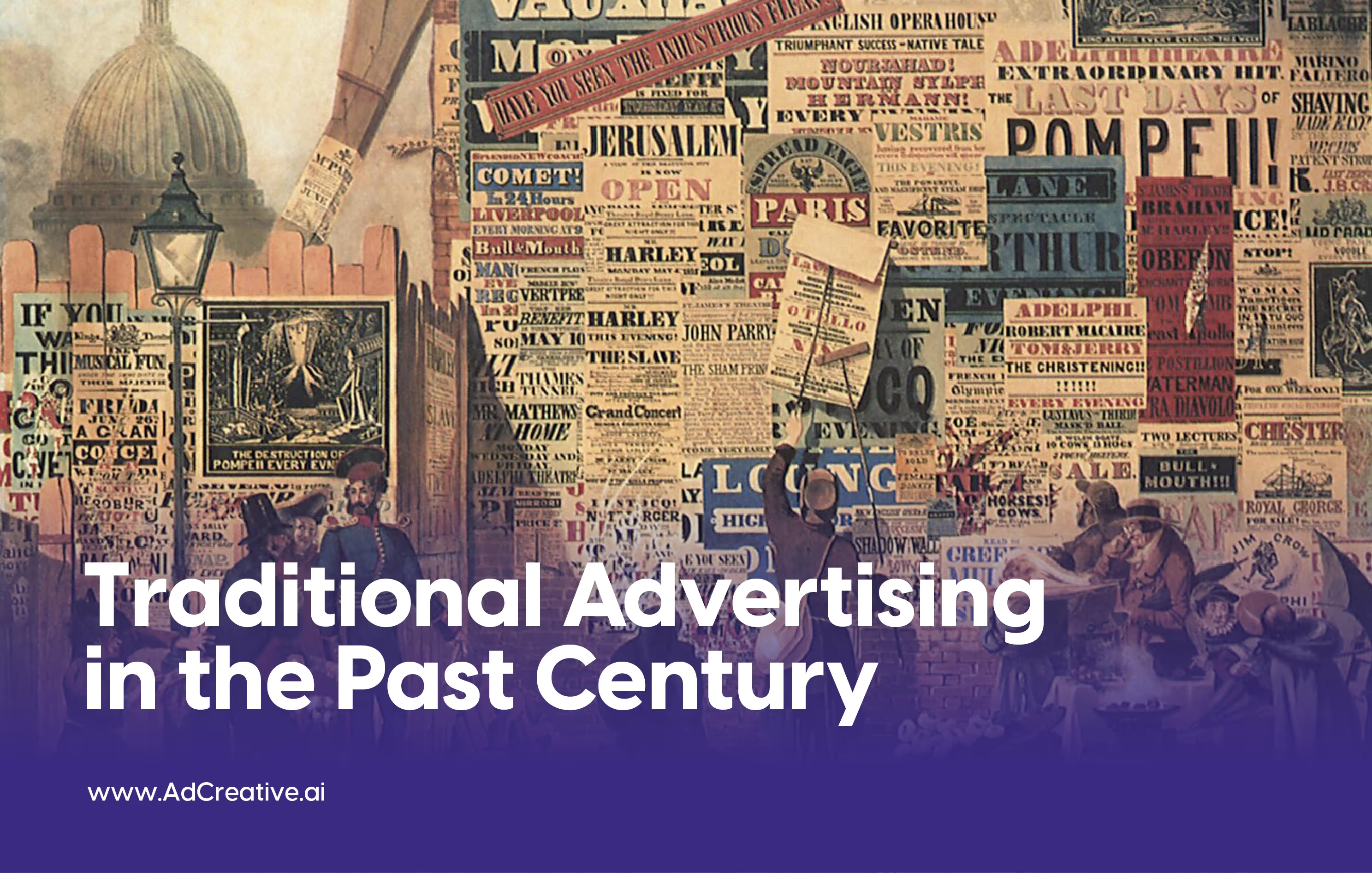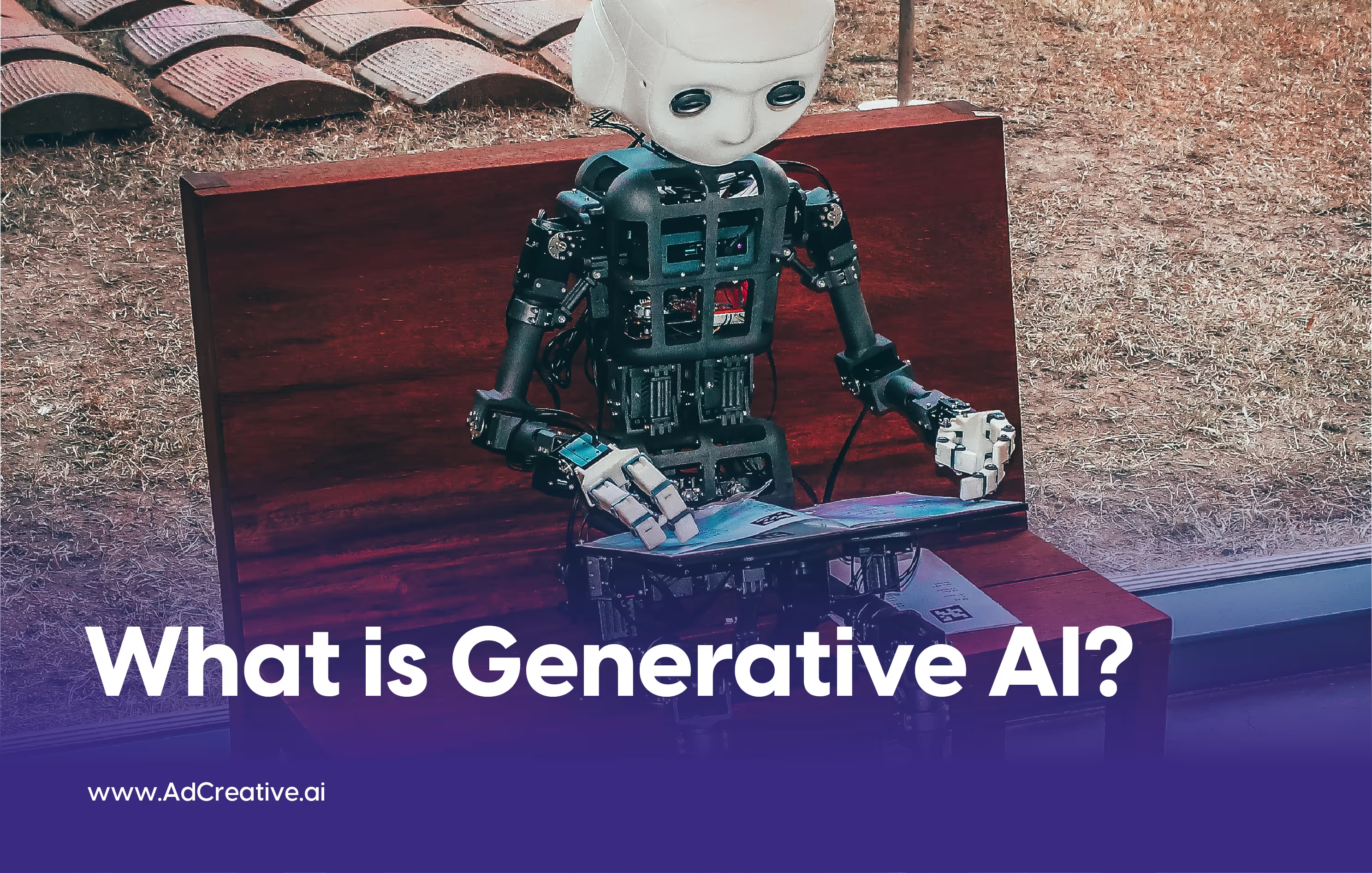Antik Uygarlıklarda Reklamcılığın Başlangıcı

Resim BabelStone - Kendi çalışması, CC BY-SA 3.0,
Reklamcılık, birçok medeniyetin potansiyel müşterilerine ulaşmak için bazı yöntemler benimsediği antik çağlara kadar uzanmaktadır.
Mısır'da papirüs, satış mesajları ve duvar afişleri oluşturmak için kullanılmıştır. Pompeii ve Arabistan'daki kalıntılarda ticari mesajlar ve siyasi kampanya afişleri bulunmuştur.
Papirüs üzerine kayıp ve buluntu ilanları Antik Yunan ve Antik Roma'da yaygındı.
Bir başka eski reklam biçimi de Asya, Afrika ve Güney Amerika'nın pek çok yerinde hala bulunabilen duvar ya da kaya resimleridir. Bu geleneğin izleri M.Ö. 4000'lere kadar uzanan Hint kaya sanatı resimlerine kadar sürülebilir.
Antik Çin'de reklamcılık, M.Ö. 11. ila 7. yüzyıllara ait Şiir Klasikleri'nde kaydedildiği üzere, şeker satmak için ezgiler çalmak üzere bambu flütlerin kullanıldığı sözlü bir biçim almıştır. Kaligrafik tabelalar ve mürekkepli kağıtlar da reklam biçimleri olarak kullanılmıştır.
Bu tarihi örnekler, insan uygarlığı boyunca reklamcılığın uzun süredir devam eden uygulamalarını vurgulamaktadır.
Mısır'da papirüs ve duvar afişlerinin kullanılmasından antik Çin'deki sözlü reklamlara kadar, insanlar her zaman ticari mesajları iletmek ve ürün veya hizmetleri tanıtmak için yollar aramışlardır.
Reklamcılığın evrimi uzun bir yol kat etti ve günümüz reklamcılığı dijital, basılı, yayın ve sosyal medya gibi çeşitli biçimler aldı. Yine de bu uygulamanın kökleri, potansiyel müşterilerin dikkatini çekmek için yaratıcı araçların kullanıldığı eski zamanlara kadar uzanmaktadır.
Reklamcılık, tüketici davranışlarını şekillendirerek, satın alma kararlarını etkileyerek ve ekonomik büyümeyi yönlendirerek toplumda önemli bir rol oynamaya devam etmektedir.
Geçtiğimiz Yüzyılda Geleneksel Reklamcılık

GörüntüKaynağı Açık hava reklamcılığı hoardinglere (reklam panoları) dayanıyordu: İngiltere 1835, John Orlando Parry tarafından
Geçtiğimiz yüzyılda reklamcılık öncelikle yazılı basın, radyo ve televizyon gibi geleneksel medya etrafında dönüyordu. Basılı reklamlar gazetelerde, dergilerde, reklam panolarında ve afişlerde yer alıyor, tüketicilerin dikkatini çekmek için akılda kalıcı başlıklar, büyüleyici görüntüler ve ikna edici metin yazarlığı kullanıyordu. Radyo reklamları, günlük rutinleri sırasında dinleyicilere ulaşan tutsak bir kitleye yayınlanıyordu. Televizyon reklamları popüler programlar sırasında yayınlanarak televizyon izleme deneyiminin önemli bir parçası haline geldi.
Reklamcılık öncelikle tek yönlü bir iletişimdi ve markalar tüketicilere çok az etkileşim veya katılımla mesajlar iletiyordu. Markalar kitlesel pazarlamaya odaklanıyor, herkese uyan tek bir yaklaşımla geniş kitleleri hedefliyordu. Yaratıcı süreç kapsamlı araştırma, metin yazarlığı ve tasarımdan oluşuyordu ve reklamları bireysel tüketiciler için kişiselleştirme becerisi sınırlıydı.
Üretken Ai Kullanan Reklamcılığın Günümüz Dünyası

Tek yönlü bir iletişim olan reklamcılıkta uzun bir yol kat ederek daha interaktif ve kişiselleştirilmiş hale geldik. Bugün, reklamcıların her zamankinden daha fazlasını bilmesinin ve yapmasının önünü açan Ai gibi yeni teknolojilere sahibiz.
Dijital devrim, reklam ortamını dönüştürerek markaların tüketicilerle iletişim kurma biçiminde önemli bir değişime yol açtı. İnternetin, sosyal medyanın ve gelişmiş veri analitiğinin ortaya çıkmasıyla birlikte reklamcılık daha kişiselleştirilmiş, etkileşimli ve veri odaklı hale geldi.
Reklamcılıktaki kritik değişimlerden biri de dijital platformlara doğru yaşanan kaymadır. Çevrimiçi reklamlar web sitelerinde, arama motorlarında, sosyal medyada ve mobil uygulamalarda her yerde bulunmaktadır. Dijital reklamcılık, markaların reklamlarını tüketicilerin belirli demografik özelliklerine, ilgi alanlarına ve davranışlarına göre uyarlamalarına olanak tanıyan hedefli ve kişiselleştirilmiş mesajlar sunar. Gelişmiş veri analitiği, markaların tüketici tercihleri, satın alma davranışları ve göz atma kalıpları hakkında içgörü toplamasına olanak tanıyarak daha alakalı ve ilgi çekici reklamlar oluşturmak için kullanılabilmektedir.
Kişiselleştirmenin yanı sıra etkileşim de modern reklamcılığın önemli bir unsuru haline geldi. Tüketiciler artık sosyal medya, interaktif videolar, oyunlaştırma ve artırılmış gerçeklik deneyimleri aracılığıyla reklamlarla etkileşime geçebiliyor. Bu iki yönlü iletişim, daha iyi tüketici katılımı, marka etkileşimi ve geri bildirim sağlayarak daha sürükleyici ve akılda kalıcı bir reklam deneyimi sunuyor.
Reklamcılıktaki bir diğer önemli değişim de influencer pazarlamasının yükselişidir. Influencer pazarlaması, tüketicilerde yankı uyandıran özgün ve ilişkilendirilebilir içerik oluşturmak için sosyal medyanın ve ağızdan ağıza pazarlamanın gücünden yararlanır. Sosyal medyada geniş bir takipçi kitlesine sahip olan influencer'lar, markalar tarafından ürün veya hizmetlerini kitlelerine tanıtmak için kullanılıyor.
Dahası, reklamcılık daha fazla amaç odaklı ve sosyal sorumluluk sahibi hale gelmiştir. Günümüzde tüketiciler sosyal konularda daha bilinçli ve markaların kendi değerleriyle uyumlu olmasını bekliyor. Markalar, sosyal bilince sahip tüketicilerle bağlantı kurmak için sosyal amaçları, sürdürülebilirliği ve çeşitliliği reklamlarına giderek daha fazla entegre ediyor.
Bu durum, tüm parametreleri göz önünde bulundurabilen, kişiselleştirebilen, otomatikleştirebilen ve markaların ölçeklenmesine yardımcı olan teknolojilerin kullanılmasına yol açmıştır. Reklamverenler ve markalar için vazgeçilmez olan bu teknolojilerden biri de Generative Ai.
Üretken Yapay Zeka (AI), reklamcılık sektöründe ilgi gören ve reklamların oluşturulma ve sunulma biçiminde devrim yaratmayı vaat eden bu son teknolojilerden biridir.
AdCreative.ai gibi platformlar, içerik oluşturmayı otomatikleştirmek ve benzeri görülmemiş bir hız ve verimlilikle reklam öğeleri oluşturmak için üretken yapay zekadan yararlanıyor. Ama önce, üretken yapay zekanın ne olduğuna ve nasıl çalıştığına bakalım.
Üretken Yapay Zeka Nedir?

Üretken Yapay Zeka, mevcut verilerden öğrenilen kalıplara dayalı olarak resimler, videolar ve metinler gibi yeni içerikler üretmek için algoritmalar kullanan bir makine öğrenimi alt kümesidir. Bu devrim niteliğindeki teknoloji, yaratıcılık, kişiselleştirme ve verimlilik için yeni fırsatların kilidini açarak reklamcılığı dönüştürüyor.
Üretken yapay zeka ile pazarlamacılar, algoritmalar tarafından üretilen görsel olarak çarpıcı görseller, büyüleyici videolar ve ikna edici metinler oluşturabilir. İçerik oluşturmayı otomatikleştirerek ve pazarlamacıların geniş ölçekte benzersiz ve ilgi çekici reklamlar üretmesini sağlayarak geleneksel reklamcılık ortamını bozabilir. Bu süreç zaman ve kaynak tasarrufu sağlarken, yaratıcılık ve deneysellik için yeni olanaklar sunuyor.
Üretken YZ algoritmaları, bireysel kullanıcılara göre uyarlanmış içeriği otomatik olarak oluşturabilir. Örneğin, bir moda perakendecisi, kullanıcının tarama geçmişine ve satın alma davranışına dayalı olarak kişiselleştirilmiş moda önerileri oluşturmak için üretken yapay zekayı kullanabilir. Bu düzeyde bir kişiselleştirme, kullanıcı etkileşimini önemli ölçüde artırabilir ve dönüşüm olasılığını yükseltebilir. Şimdi bu teknolojinin reklamcılığı nasıl dönüştürebileceğini anlayalım.
Üretken Yapay Zeka ile Reklamcılığı Dönüştürmek

Üretken Yapay Zekanın (AI) devreye girmesi, reklamların oluşturulma, sunulma ve kişiselleştirilme biçiminde devrim yaratarak reklamcılık ortamında önemli değişikliklere yol açtı. Reklamcılık ortamının değiştiği farklı yollara bakalım-
Üretken yapay zeka, reklamcılıkta içerik oluşturmayı dönüştürdü. Geleneksel olarak, reklam yaratımı, insan tasarımcıların reklam öğelerini kavramsallaştırmak, tasarlamak ve üretmek için önemli zaman ve çaba harcamasını gerektiriyordu. Üretken Yapay Zeka bu süreci otomatikleştirerek reklamverenlerin çok daha kısa sürede çok sayıda reklam öğesi üretmesini sağladı. Üretken yapay zeka sayesinde reklamverenler farklı reklam varyasyonlarını deneyebiliyor, bunların etkinliğini test edebiliyor ve gerçek zamanlı verilere dayanarak kampanyalarını optimize edebiliyor. Bu sayede daha hızlı, daha verimli ve veri odaklı reklam oluşturma süreçleri ortaya çıktı.
Ayrıca, üretken yapay zeka reklamcılıkta kişiselleştirme ve hedeflemeyi de geliştirmiştir. Üretken yapay zeka algoritmaları, büyük miktarda kullanıcı verisini analiz ederek, bireysel kullanıcıların tercihlerine, davranışlarına ve demografik özelliklerine göre uyarlanmış son derece kişiselleştirilmiş reklam öğeleri oluşturabilir. Bu kişiselleştirme düzeyi, reklamverenlerin kullanıcılara son derece alakalı ve ilgi çekici reklamlar sunmasına olanak tanıyarak gelişmiş kullanıcı deneyimleri ve daha yüksek dönüşüm oranları sağlar. Üretken Yapay Zeka ayrıca reklamverenlerin reklam öğelerini belirli hedef kitleler için optimize etmelerini sağlayarak daha hedefli ve etkili reklam kampanyaları oluşturmalarına olanak tanır.
Otonom olarak içerik üretmek için algoritmalar kullanan üretken yapay zeka, reklamverenler için yeni olanaklar yaratarak hedef kitlelerinde yankı uyandıran son derece özelleştirilmiş ve ilgi çekici reklamlar oluşturmalarına olanak tanıdı.
Üretken Yapay Zeka, reklamverenlerin daha kapsayıcı ve çeşitlilik içeren içerikler oluşturmasını sağlıyor. Geleneksel reklamcılık, temsil ve çeşitlilik eksikliği nedeniyle sık sık eleştirilmektedir. Ancak, üretici yapay zeka, kapsayıcı içerikler üreterek ve farklı kültürleri temsil ederek bu zorlukların üstesinden gelmeye yardımcı olabilir. Bu, markaların daha geniş bir kitleyle bağlantı kurmasına ve olumlu bir marka imajı geliştirmesine yardımcı olabilir.
Ayrıca, üretken yapay zeka, görüntü düzenleme ve video üretimi gibi tekrarlayan görevleri otomatikleştirerek reklamcılık iş akışını kolaylaştırabilir. Örneğin, bir dijital pazarlama ajansı, farklı görsel yerleşimleri, renk şemaları ve metin varyasyonları gibi bir reklam öğesinin birden fazla varyasyonunu otomatik olarak oluşturmak için üretken yapay zekayı kullanabilir. Bunu yapmak, farklı reklam varyasyonlarını oluşturmak ve test etmek için gereken süreyi ve çabayı önemli ölçüde azaltarak pazarlamacıların kampanyalarını daha verimli bir şekilde optimize etmelerini sağlayabilir.
Reklamcılıkta üretken yapay zekanın bir başka heyecan verici uygulaması da sanal ve artırılmış gerçeklik alanındadır. Üretken yapay zeka, reklam amaçlı kullanılabilecek gerçekçi ve sürükleyici sanal dünyalar ve deneyimler yaratmak için kullanılabilir.
Örneğin, bir seyahat acentesi, popüler destinasyonların sanal turlarını oluşturmak için üretken yapay zekayı kullanabilir ve kullanıcıların rezervasyon kararı vermeden önce sanal ortamları keşfetmelerine ve bunlarla etkileşime girmelerine olanak tanıyabilir. Bu, kullanıcılara benzersiz ve ilgi çekici bir reklam deneyimi sunarak daha yüksek marka hatırlanabilirliği ve dönüşüm oranları sağlayabilir.
Bununla birlikte, üretken yapay zekanın reklamcılıkta etik kaygıları da gündeme getirdiğini belirtmek önemlidir. Örneğin, gerçekçi ancak sahte içerik oluşturmayı içeren derin sahte teknolojide üretken yapay zeka kullanmak, tüketiciler için yanıltıcı ve potansiyel olarak zararlı olabilir. Bu nedenle, reklamverenler üretici yapay zekayı sorumlu bir şekilde kullanmalı ve üretilen içeriğin doğru, şeffaf ve etik standartlara uygun olmasını sağlamalıdır.
Üretken yapay zeka kullanmanın avantajlarını özetleyelim
Verimlilik ve Hız
Reklamcılıkta Jeneratif Yapay Zeka, içerik oluşturmanın hızı ve verimliliğidir. Geleneksel reklam oluşturma, birden fazla yineleme ve onay içeren, zaman alıcı ve yoğun kaynak gerektiren bir süreç olabilir. Üretken Yapay Zeka bu süreci otomatikleştirerek reklamverenlerin kısa sürede çok sayıda reklam öğesi oluşturmasına olanak tanıyabilir. Bu, reklamverenlerin dijital reklamcılığın hızlı temposuna ayak uydurmasına yardımcı olabilir.
Yaratıcılık ve Yenilikçilik
Üretken yapay zeka, reklamcılıkta yaratıcılık ve yenilik için yeni olanaklar sunuyor. Üretken yapay zeka, büyük miktarda veriyi analiz ederek ve kalıplardan öğrenerek, insan tasarımcıların tasarlayamayacağı benzersiz ve orijinal reklam kreatifleri üretebilir. Bu, kullanıcıların dikkatini çeken ve kalabalık reklamcılık ortamında öne çıkan yeni ve beklenmedik yaratıcı konseptlerle sonuçlanabilir. Üretken Yapay Zeka ayrıca reklamverenlerin farklı reklam öğesi varyasyonlarını denemelerine, etkinliklerini test etmelerine ve daha iyi performans için kampanyaları optimize etmelerine olanak tanır.
Kişiselleştirme ve Hedefleme
Üretken yapay zeka, reklamcılıkta kişiselleştirmede devrim yaratma potansiyeline sahiptir. Üretken yapay zeka algoritmaları, kullanıcı verilerini analiz ederek bireysel kullanıcıların tercihlerine, davranışlarına ve demografik özelliklerine göre uyarlanmış son derece kişiselleştirilmiş reklam öğeleri oluşturabilir. Bu da kullanıcılarda yankı uyandıran, etkileşimi artıran ve dönüşüm oranlarını yükselten daha alakalı ve ilgi çekici reklamların ortaya çıkmasını sağlayabilir. Üretken Yapay Zeka ayrıca reklamverenlerin belirli hedef kitleler için optimize edilmiş reklam öğeleri oluşturmalarına yardımcı olarak daha hedefli ve etkili reklam kampanyaları sunmalarını sağlayabilir.
Reklamcılıkta üretken yapay zekanın kullanılmasıyla ilgili riskler ve etik hususlar da söz konusudur. Bunlardan bazılarını analiz edelim.
Jeneratif Ai kullanımına ilişkin endişeler

Etik Kaygılar
Üretken YZ, reklam öğelerinin gerçekliği ve doğruluğu konusunda etik kaygıları gündeme getirmektedir. Gerçekçi ve ikna edici içerik üretme kabiliyetine sahip olan üretici yapay zeka, kullanıcıları aldatabilecek derin sahtecilikler veya yanıltıcı reklamlar oluşturmak için kullanılabilir.
Reklamverenler, üretici yapay zeka tarafından oluşturulan içeriğin doğru, şeffaf ve etik standartlara uygun olmasını sağlamalıdır. Bu, reklam öğelerinde üretken YZ kullanımı konusunda şeffaf olmayı ve tüketicilerin güvenine zarar verebilecek aldatıcı uygulamalardan kaçınmayı içerir.
Önyargı ve Temsil
Üretken yapay zeka algoritmaları, önyargılar ve sınırlamalar içerebilen mevcut verilerden öğrenir. Üretken YZ'yi eğitmek için kullanılan veriler önyargılı bilgiler içeriyorsa, önyargılı reklam öğeleriyle sonuçlanabilir. Bu da mevcut klişeleri, ayrımcılığı ve reklamcılıkta temsil eksikliğini devam ettirebilir. Reklamverenler potansiyel önyargılar konusunda dikkatli olmalı ve zararlı önyargıları güçlendirmekten kaçınmak için reklam oluşturmada kullanılan üretici yapay zeka algoritmalarının çeşitli ve temsili veriler üzerinde eğitildiğinden emin olmalıdır.
İnsani Dokunuş Eksikliği
Üretken yapay zeka reklam oluşturma sürecini otomatikleştirebilse de, insan tasarımcıların masaya getirdiği daha fazla insan dokunuşuna ve duygusal zekaya ihtiyaç duyabilir. İnsan tasarımcılar genellikle duygular, kültürel nüanslar ve yaratıcı içgüdüler gibi öznel faktörleri göz önünde bulundurur. Reklamverenler, verimlilik ve yaratıcılık için üretken yapay zekayı kullanırken insan dokunuşunu eklemek için insan tasarımcıları yaratıcı sürece dahil etmeyi dengelemelidir.
Sonuç
Sonuç olarak, jeneratif yapay zeka yaratıcılık, kişiselleştirme ve verimlilik için yeni fırsatların kilidini açarak reklamcılık sektöründe devrim yaratıyor. Kişiselleştirilmiş içerik oluşturmaktan tekrar eden görevleri otomatikleştirmeye ve sanal ve artırılmış gerçeklik deneyimlerini geliştirmeye kadar, üretken yapay zeka, reklamverenlerin hedef kitlelerine içerik oluşturma ve sunma biçimlerini dönüştürebilir. Üretken YZ gelişmeye devam ettikçe, şüphesiz reklamcılığın geleceğini şekillendirecek ve markaların kitleleriyle nasıl bağlantı kuracağını yeniden tanımlayacaktır. Bununla birlikte, reklamcılıkta üretken YZ kullanımının sorumlu ve tüketici beklentileriyle uyumlu olmasını sağlamak için etik hususlar dikkate alınmalıdır.




